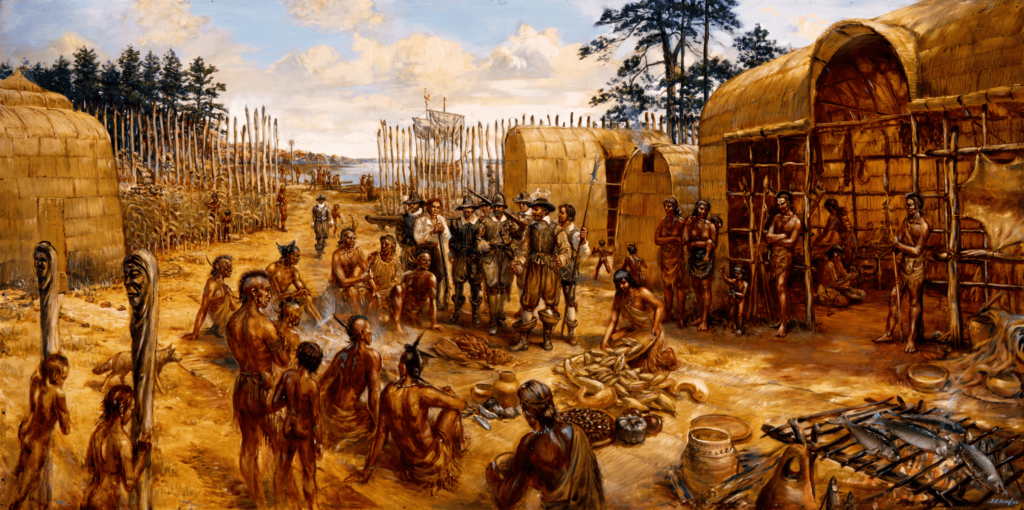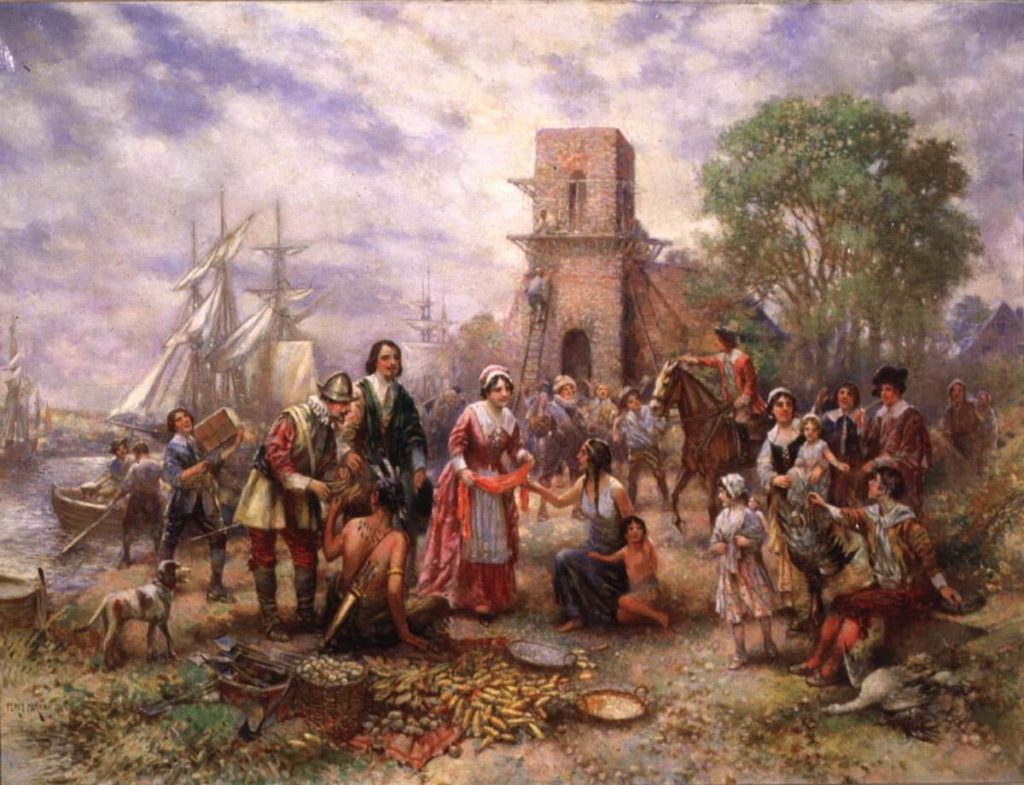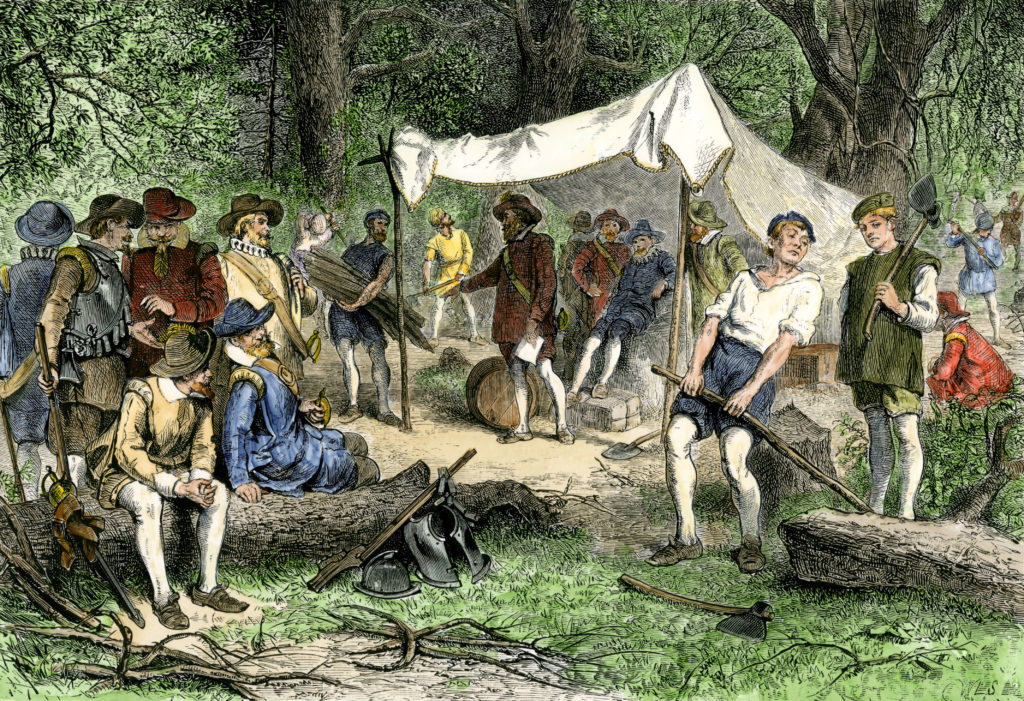Religion’s journey to the West is key to understanding its vast effect on societies. Investigating the ways people brought their religious convictions to new lands gives us insight into cultural integration and societal transformation. Such methods could be migration, trade routes, or missionary activities, all of which enabled the diffusion of religious practices. Knowing these procedures helps us recognize the variety of beliefs in the West and how communities formed and changed over time.
As civilizations moved westward, religion traveled through a range of means. Migration trends had a strong impact, with travelers bringing their faiths with them, combining different cultures. Trade routes were also vital for distributing religious concepts, as merchants connected with various communities along their path. The trading of goods enabled the trading of religious ideas, resulting in syncretism – the fusion of customs that added to the spiritual realm.
Plus, missionary activities had a huge part in circulating religion across the West. Religious figures embarked on long trips to distant places, carrying their teachings to unfamiliar places. Despite the many struggles and difficulties, they stayed persistent in their mission to share their faith. Through their determination and faith, they left lasting marks on local customs while adapting them to local beliefs.

The native population in recently colonized areas also had a major role in the spread of religion. Their blend of foreign belief systems into existing spiritual structures created distinctive hybrid faiths. This mix of cultures shows how religion ties with society and shows humanity’s capacity to alter and develop.
When studying the growth of religion westward, look into primary sources such as personal accounts and historical artifacts for a deeper understanding of this complex phenomenon.
Migration Patterns and the Spread of Religion
Migration patterns have been majorly influential in the distribution of religion throughout history. People taking their beliefs and customs with them as they moved westward caused various religions to spread across regions.
Below is a representation of Migration Patterns and Religion Spread:
| Region | Migration Pattern | Key Religions |
|---|---|---|
| Ancient Egypt | North African migration | Egyptian mythology |
| Ancient Rome | Expansion of Roman Empire | Roman paganism |
| Middle Ages | Viking raids & Christianization | Christianity, Norse paganism |
| Colonial Era | European settlement | Christianity |
Other smaller movements and the mixing of cultures also helped with the spread of religion. This led to the exchanging of ideas, practices and beliefs among different populations.
Pro Tip: Understanding migration patterns can give us knowledge about how and why certain religions became popular in specific regions. By looking into the movement of people throughout time, we can understand better how faith has been distributed.
Missionaries and religious conversion also played a role. They didn’t just knock on doors, they knocked down walls! With the help of their holy hammers.
Missionaries and Religious Conversion
Missionaries were integral in disseminating religion to the West. Enduring long voyages, they carried their faith over vast distances. Their steadfastness and perseverance aided in converting indigenous peoples. Establishing churches, hospitals, and schools, they embedded themselves into local communities, nurturing trust and comprehension. In this way, they brought new beliefs and customs that blended with traditional practices, allowing religion to thrive in the West.
To further promote religious conversion, missionaries employed various techniques. They learned regional languages and dialects to communicate proficiently with the natives. By grasping cultural subtleties and practices, they adjusted their approach to suit individual convictions. Through personal connections and involvement in the community, missionaries earned influence and slowly instilled faith in many.
A remarkable example is Saint Junípero Serra, a Spanish Franciscan friar who spread Christianity in 18th-century California. Despite facing numerous adversities such as cultural discrepancies, language boundaries, and severe living conditions, he stayed determined in his mission. He built multiple missions along the West Coast and worked hard to convert Native Americans to Catholicism. His tenacity resulted in thousands of indigenous people adopting Christianity.
Ultimately, with unyielding commitment and flexibility to cultural sensitivities, missionaries succeeded in carrying religion westward. Their commitment to understanding local communities laid the groundwork for religious conversion in the West. Who needs a GPS when you can just follow the heavenly voices in your head? It’s the ideal way to find your way through cultural exchange and the blending of beliefs!

Cultural Exchange and Blending of Beliefs
History’s westward expansion brought an exciting mix of religious practices through cultural exchange. People moved with their faiths, introducing them to new places. This combination of beliefs led to unique rituals in the West.
Different communities crossed long distances, taking their customs and traditions with them. These different faiths met, creating chances for cultural exchange. Through conversations, people started learning about and accepting other religions, blending them into their own.
This merging of beliefs resulted in hybrid religious systems, where various practices coexisted. An example of this is Native American spirituality, which combined elements of European Christianity to form Native Christian spirituality. African slaves also brought their traditional religions to America, which shaped African-American Christianity.
Religious syncretism was a crucial part of this process. Syncretism is blending of different religious belief systems or elements to create something new. It occurred naturally as groups shared their beliefs, leading to unique spiritual practices that were both old and modern.
By understanding how religion was brought west, we learn about the many belief systems around today. By appreciating the cultural exchange and mixing that happened during westward movement, we can have greater respect for diverse religious traditions. Let us cherish this heritage and have conversations that welcome inclusivity and celebrate our shared human experience across all faiths.
Trade Routes and the Spread of Religious Ideas
Trade routes have played an immense role in the transmission of religious ideas. Merchants shared their customs and beliefs across vast distances. Goods and services were exchanged, as were religious ideologies.
The Silk Road and Trans-Saharan trade route allowed Buddhism, Christianity, Islam, and Hinduism to encounter each other. This created a cross-cultural exchange and affected religious practices.
Religious temples were set up in trading cities. These served as hubs for travelers to experience different faiths. The cities became melting pots of religions, helping to spread them further.
To learn how religion moved westward, one can study artifacts found near ancient trade routes. Texts, symbols, and travel journals can provide valuable insight. Religious leaders adapted their teachings to be accepted by locals. This allowed religions to gain followers and be established in foreign lands.

The Impact of Religion on Societies Westward
The influence of religion on societies heading west has been immense. It has impacted cultural, social, and political aspects of these communities. A summary of the effects of religion is displayed in the table below:
| Impact | Description |
|---|---|
| Cultural | Art, literature, and traditions were all shaped by religion. It gave a sense of identity and solidarity among people. |
| Social | Religious practices created bonds within groups, encouraging values such as kindness, charity, and collaboration. |
| Political | Faiths often influenced governance, laws, and policies. Leaders used religious ideas to validate their decisions or get the public’s backing. |
Religion further drove many migrations to the West. Religious groups who sought religious freedom moved to new lands where they could exercise their beliefs without oppression.
It is essential to recognize the diversity within these spiritual groups moving west. The effects varied depending on the particular beliefs and practices of each group. Knowing this variation can help create inclusive societies that embrace religious pluralism.
Continuing the positive impacts requires dialogue and comprehension between different religious groups. Allowing respectful conversations between religions will foster acceptance and tolerance. Moreover, educational initiatives that demonstrate the shared values among various religions will contribute to harmony and collaboration.
By acknowledging the importance of religion on the western migrations and striving for inclusivity and understanding, we can build communities that honor religious diversity while preserving mutual respect for all individuals’ beliefs. Plus, if the West ever runs out of holy water, they’ll have plenty of holy ghosts!
Frequently Asked Questions
1. How did religion spread to the West?
Religion spread to the West through various means, including colonization, immigration, and missionary work. Europeans brought Christianity to the Americas and other parts of the world through colonization, while immigrants from different parts of the world brought their respective religions with them.
2. Did Native American religions influence the spread of religion to the West?
Yes, Native American religions played a role in the spread of religion to the West. European colonizers often attempted to convert Native Americans to Christianity, but many aspects of Native American spirituality still influenced the religions that were brought to the West.
3. How did the California Gold Rush impact the spread of religion to the West?
The California Gold Rush attracted people from all over the world, including individuals who practiced different religions. Many of these people brought their religions with them to the West, contributing to the diversity of religious practice in the region.
4. What was the role of missionaries in spreading religion to the West?
Missionaries played a significant role in bringing and spreading religion to the West. They often traveled to areas where people had not yet been exposed to Christianity or other religions and worked to convert them through preaching and other means.
5. Did slavery impact the spread of religion to the West?
Yes, slavery impacted the spread of religion to the West. Many enslaved Africans brought their traditional religions with them to the United States, which were often blended with Christianity to create new religious practices. In addition, slave owners often forced their beliefs onto the enslaved population.
6. How have Western religions evolved over time?
Western religions have evolved significantly over time, with different denominations and sects emerging within each religion. In addition, there has been a shift towards more inclusive and progressive beliefs in many Western religions, particularly in regards to social justice issues.
Conclusion: The Lasting Influence of Religion in the West
Religion has made a powerful mark in the West, impacting its society and culture through the generations. Colonization, trade routes, and missionary efforts are some of the reasons for this.

European colonizers ventured westward, bringing their religious practices and setting up churches in the new territories. These churches had an important role in shaping the West.
Trade routes also helped spread religion. As merchants moved between continents, religious beliefs were exchanged with goods and services. This led to multiple religions being integrated into Western societies.
Missionaries from different places went to Western regions to spread their beliefs and set up religious institutions.
Modernity and scientific discoveries have not stopped people from practicing their faiths. Religion still plays a major role in Western societies.
This is evident in a Pew Research Center study. It shows that around 65% of adults in Western countries like the US and Canada identify as Christians. This reveals how Christianity continues to shape Western culture.








